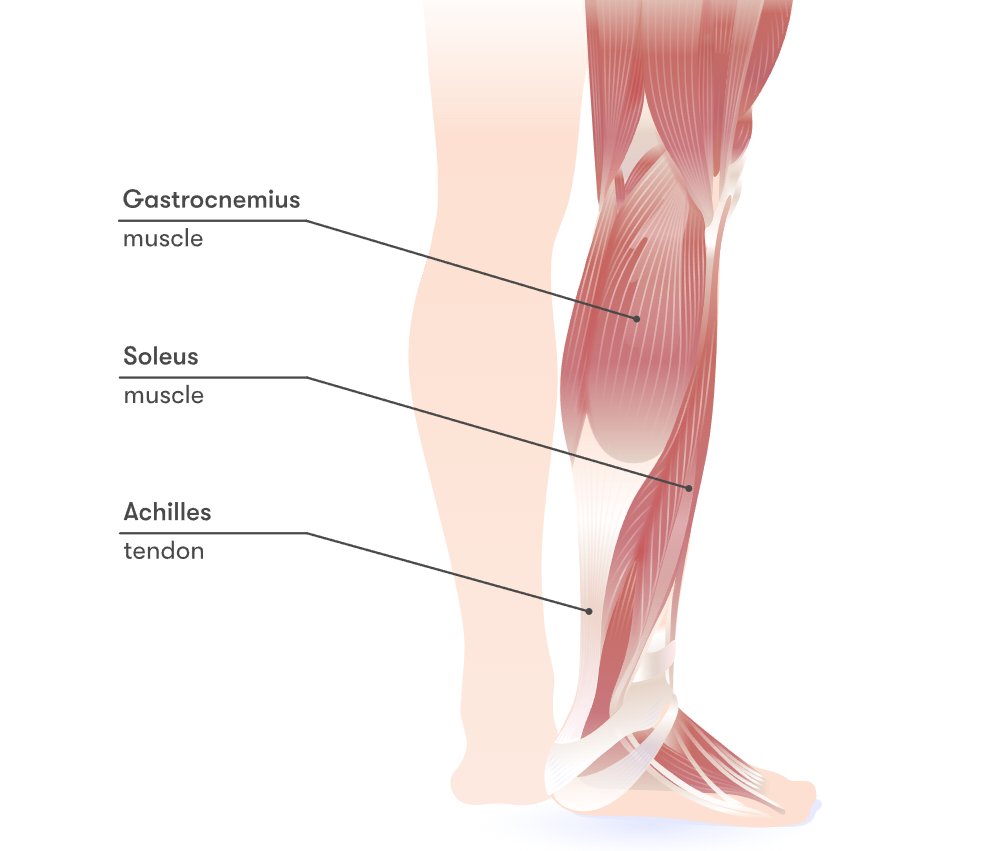Step into the world of human movement, where the calf muscles play a starring role in every step we take. Located at the back of the lower leg, these muscles play a crucial role in our daily movements, from walking to running and jumping. In this article, we will try to understand their origins and functionalities along with their significance in human life.
Origin and Insertion Points
Nestled in the back of the lower leg, The calf muscles consist primarily of two major muscles: the gastrocnemius muscle and the soleus muscle. These muscles are linked with Achilles tendon, which in turn attaches to the heel bone. The gastrocnemius located superficially is involved in actions like plantarflexion as well as knee flexion (i.e. moving the knee up and down). Unliked the gastrocnemius ,the soleus lies deeper and it mainly aids in plantarflexion, especially when the knee is in the extended position. Collectively these muscles work together in harmony with other leg muscles to result in quick and graceful movements of the lower limbs.
Functions of Calfs
Acting as a core structure of the walking mechanism is ankle plantarflexion that permits us to push through each step. In these way, calves muscles not only flex and drive the knee , but also form shock absorbers, thereby relieving the impact of each footfall and protecting the joints. Ensuring proper calf muscle strength is imperative in preventing injuries like strains, sprains and Achilles tendonitis. However weak or tight calf muscles increase the risk of injuries during physical activity.
But wait, there’s more! The calf muscles also play a crucial role in maintaining stability and balance while performing activities such as standing or walking on uneven terrain, such as a mountain. Moreover, they propel the body upward during walking, running, and jumping, reducing the effort of movement and increasing our energy and efficiency. When a person runs or sprints, the calf muscles contract with even greater force to facilitate forward movement. During actions like jumping or climbing, the ankle muscles use strong contractions to propel the body into the air. All these activities rely on the coordinated use of the calves to achieve the necessary trajectory and distance. Calf muscles are perhaps the most significant athletic muscles across all high-performance sports; athletes from numerous disciplines benefit from them. From 100-meter sprinters to basketball players, calf strength affects speed, agility, and jumping ability.

Through learning about when and how calf muscles are used, we get better understandings of the human body. Be it their ability to bear extreme loads or providing a platform for primitive culture, calves are great reminders of the vast human body composition and reality.





Leave a Reply